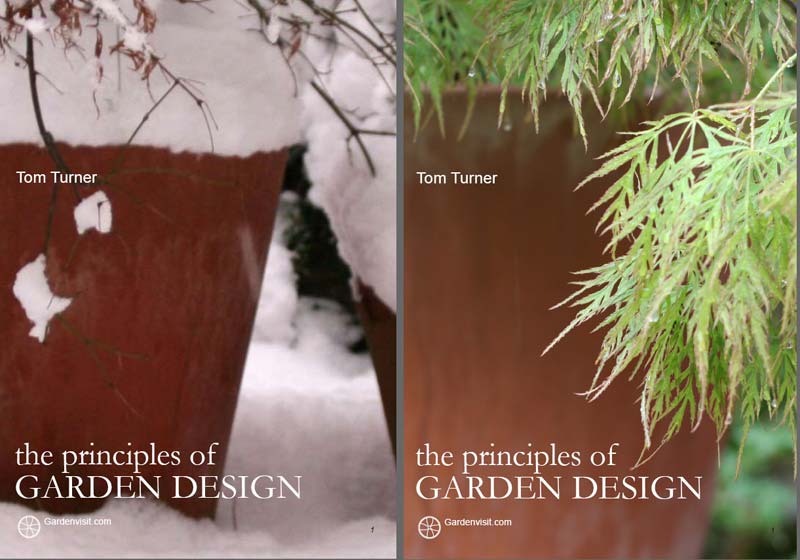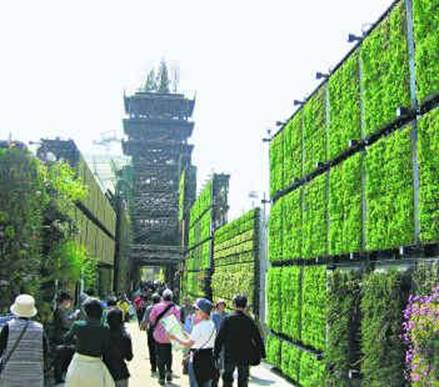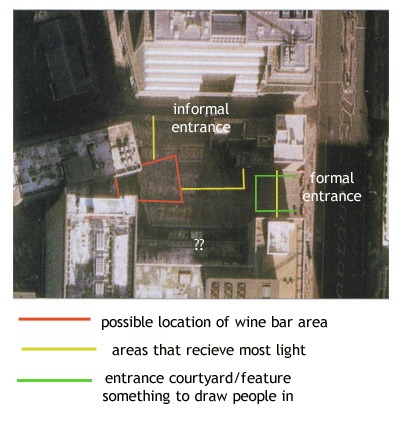
London has just had its heaviest fall of snow for 20 years, making me wonder about global warming and, as a natural contrarian, whether I should be preparing a Winter Edition of the Principles of Garden Design eBook. Amongst other things it would explain how to make ice fountains and how to include rich colours which harmonize with whites and greys. When frost damage becomes a serious problem we will also need to think about making more use of fiberglass. The first few items in our Online Garden Products Shop include some well-made fiberglass planters.
Fiberglass was invented in 1938 and is much used for small boats, cars bodies, bows and arrows, etc. The components are glass fiber and resin. Compared to terracotta, the advantages of fiberglass are (1) high strength (2) moisture retention (2) 100% frost-resistance. Compared to lead, fiberglass is (1) lighter (2) safer.
Fiberglass takes a range of finishes and when detailed as well as these planters can be difficult to distinguish from terracotta and lead. We are also pleased to offer modern designs which take advantage of the inherent qualities of, in garden history terms, an excellent new material. Since the planters are lightweight as well as strong they are very well suited to mail order. We would welcome suggestions for other items to include!


